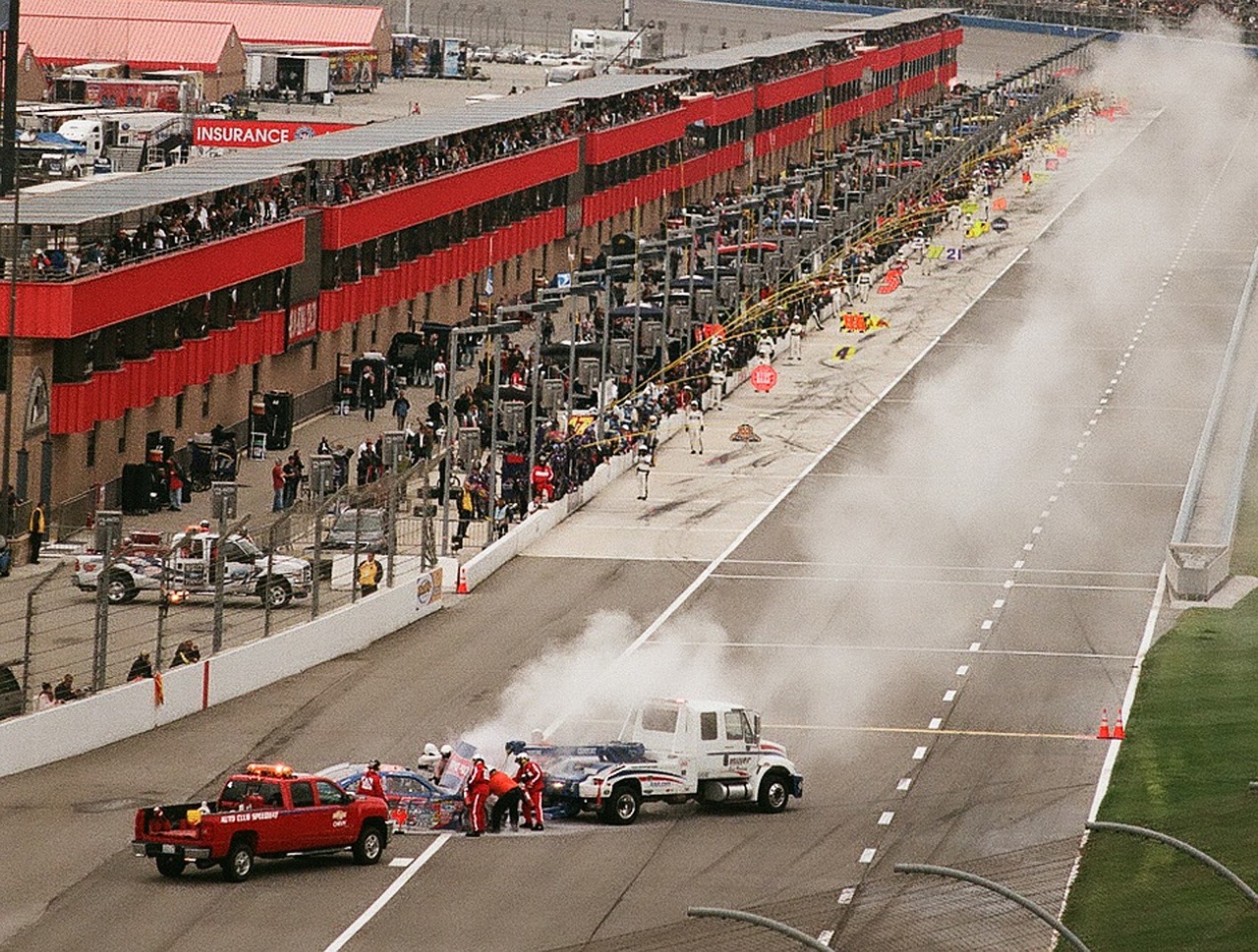The Evolution of Car Safety Features: From Seat Belts to Advanced Driver Assistance Systems (ADAS)
Over the years, car safety features have continuously evolved to provide better protection for drivers and passengers. The introduction of seat belts marked a significant milestone in enhancing safety on the roads. Seat belts act as the first line of defense in the event of a collision, securely holding occupants in place and reducing the risk of injury.
Following the success of seat belts, airbags were introduced to further enhance passenger safety. Airbags deploy rapidly upon impact, providing a cushioning effect to reduce the force of a collision on the occupants. Their presence has proved invaluable in minimizing injuries and fatalities in car accidents.
Seat Belts: The First Line of Defense
When it comes to vehicle safety, seat belts have long been considered the first line of defense for occupants. Designed to restrain passengers in the event of a collision or sudden stop, seat belts play a crucial role in preventing serious injuries and fatalities on the road.
Seat belts work by distributing the force of impact across the strongest parts of the body, such as the shoulders and hips, reducing the risk of ejection from the vehicle during a crash. By securely fastening individuals to their seats, seat belts help to minimize the risk of secondary collisions within the vehicle and provide vital protection in potentially life-threatening situations.
Airbags: Enhancing Passenger Safety
When it comes to enhancing passenger safety in vehicles, airbags play a crucial role. These inflatable cushions are designed to rapidly deploy in the event of a collision, providing an additional layer of protection for passengers. In combination with seat belts, airbags significantly reduce the risk of serious injury or fatality during accidents.
One of the key benefits of airbags is their ability to distribute the force of impact more evenly across the body during a collision. By absorbing some of the energy generated in a crash, airbags help to minimize the risk of head, neck, and chest injuries for passengers. This added protection can make a significant difference in the outcome of an accident and has been instrumental in saving countless lives on the road.
What is the evolution of car safety features?
Car safety features have evolved over the years to include technologies such as seat belts, airbags, anti-lock braking systems, and electronic stability control.
Why are seat belts considered the first line of defense in a car accident?
Seat belts are considered the first line of defense in a car accident because they help to restrain passengers in their seats and prevent them from being thrown around in a collision.
How do airbags enhance passenger safety?
Airbags enhance passenger safety by deploying rapidly in the event of a collision, providing a cushioning effect and reducing the impact forces on the driver and passengers.
Are airbags a mandatory safety feature in all cars?
Airbags are not mandatory in all cars, but they are a standard safety feature in most modern vehicles due to their proven effectiveness in reducing injuries during accidents.
Can airbags cause injuries to passengers during deployment?
While airbags are designed to enhance passenger safety, improper deployment or defects in the airbag system can potentially cause injuries to passengers. It is important to follow proper safety guidelines and maintain the airbag system in good working condition.







